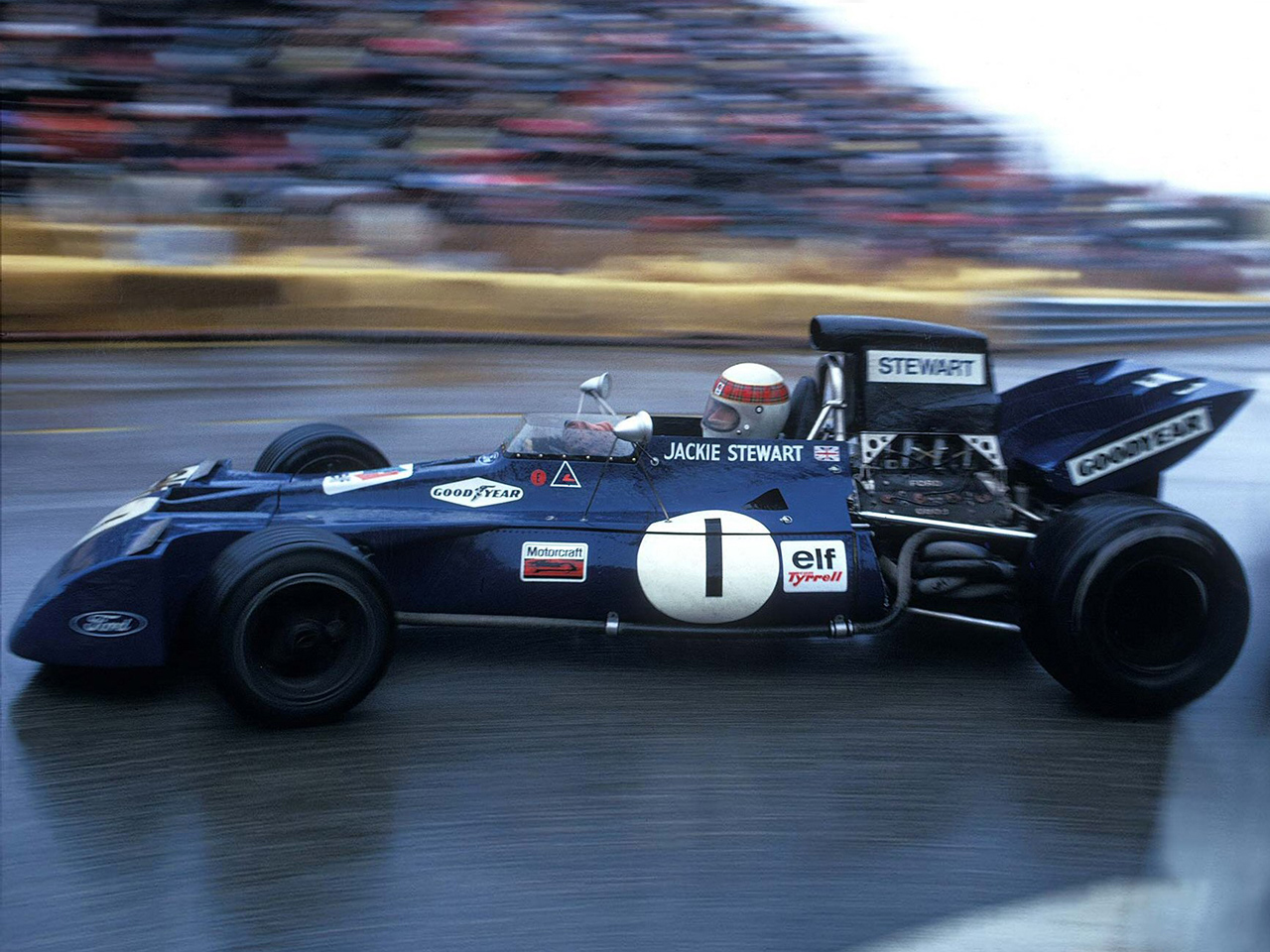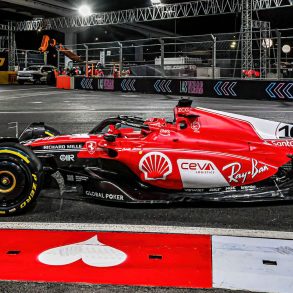Tyrrell-Ford 002
Car: Tyrrell-Ford 002 / Engine: Ford Cosworth DFV 90º V8 / Maker: Tyrrell / Bore X Stroke: 85.7 mm X 64.8 mm / Year: 1971 / Capacity: 2,993 cc / 182.6 cu in / Class: Formula 1 / Power: 450 bhp / 336 KW @ 10,800 rpm / Wheelbase: 2,426 mm / Track: 1,590 mm Front, 1,647 mm Rear / Weight: 560 kilo / 1,235 lbs
Fresh from their 1969 World Championship winning season Ken Tyrrell and his driver found themselves without a car for the upcoming season. For 1970 Matra refused to supply chassis to Tyrrell without the team also using their new V12 engine. After Stewart tested the new engine the team was convinced of the advantages of the Cosworth DFV engine, and preferred it over the French V12. Fortunately Max Mosley’s March Company had just launched a customer Formula 1 car, which Tyrrell prepared for Stewart to drive in the opening rounds of the season. The performance of the March 701 was lackluster at best, but it bought the team some time to come with something more competitive.
Back at the team’s facilities in Ockham, Surrey and in complete secrecy designer Derek Gardner worked on a completely new car for Stewart to drive and because it was a secret the initial funding of £22,500 came out of Tyrrell’s personal account. Gardner had worked at Harry Ferguson Research, developing four-wheel drive systems for Matra in 1969.
Starting the design work at his home office before moving it to the team’s facility in Surrey, Gardner worked with Stewart on the layout of the various controls aa well as the seating arrangement ensuring that this would be a driver’s car. Halfway through the season the wraps were taken off the Tyrrell 001 at a non championship race at Oulton Park. It was a complete surprise to the attending crowd and Tyrrell’s competitors for that matter, but a new Formula 1 constructor was born. In its design the first Tyrrell very much resembled the Matra MS80 used the year before, with its obvious coke-bottle shaped monocoque chassis. The most distinctive feature of the 001 was the hammerhead style front wing, which covered the radiator intake. Stewart had always complimented the MS80 on how easy it was to drive and with Stewart’s raw speed a straightforward car with good reliability is all he really needed.
At the Italian Grand Prix, the Tyrrell 001 made its competition debut, but technical problems forced Stewart to turn to the March for the qualification and race. Canada would host it’s actual debut and Stewart would promptly qualify on the pole for the race , only to suffer an axle failed on lap 32 while leading the Ferrari of Jacky Ickx. The car would start two more races but the results would be the same, still the new car showed promise. Based on the 001, two new chassis were constructed for Stewart and Francois Cevert to drive in 1971. With these 003 and 002, respectively, Tyrrell would contest the 1971 season. Tyrrell were in the unique position of having to produce two different chassis for their drivers. Francois Cevert measured a little more than 6 feet in height while in contrast, Jackie Stewart was just 5 feet, 3 inches. Stewart preferred a short-wheelbase car with nimble handling thus the Tyrrell-Ford 002 and 003 were raced concurrently. The nose would now resembled the front of a sports car with a full wedge shape. It also sported a tall airbox that would force air to the engine and was painted a dark blue in deference to their sponsor ELF the French fuel company..
The 1971 season began with Stewart scoring another pole position at Kyalami for the South African Grand Prix in last year’s 001 but a slow start meant that Stewart would follow Mario Andretti’s Ferrari to the checkered flag. The first race with the new car would be in Spain where Tyrrell scored the first of it’s seven wins out of eleven races, six of them scored by Stewart that would power the team to their second World Championship. Stewart’s 1972 challenge was ruined by a stomach ulcer, and the Lotus-Ford 72 driven by Emerson Fittipaldi claimed the title. Stewart would reclaim the title in 1973 before retiring after the fatal accident to his teammate Cevert.



















